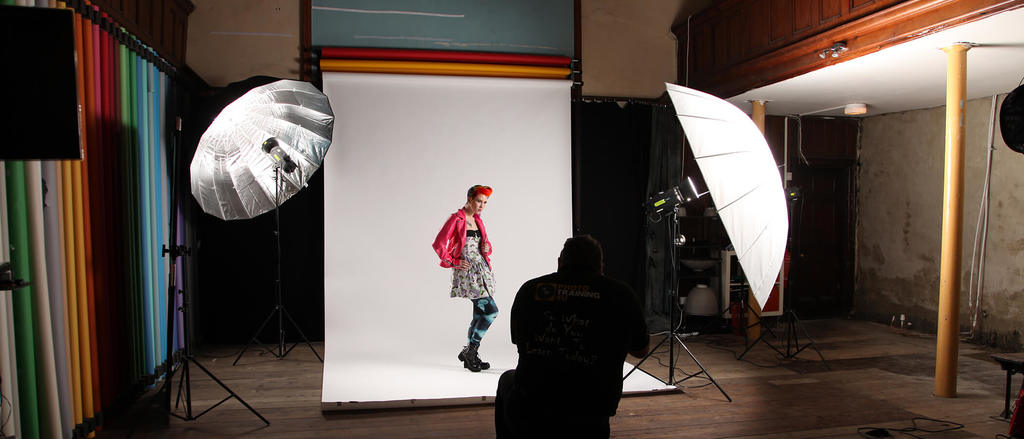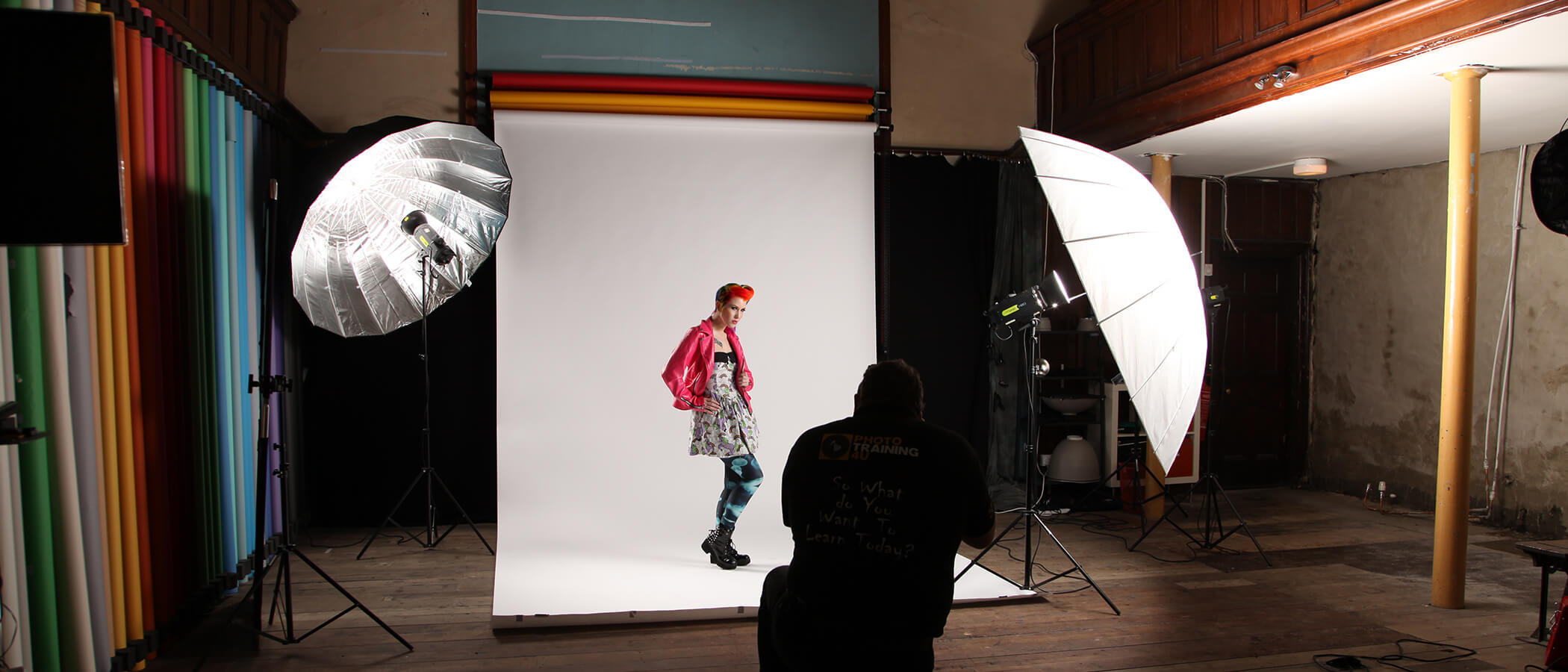Things to Look for in a Photo Studio Rental

You will need a studio rental when you have a major photography project. There are several advantages in using a studio versus an on-location setting. You have space for your entire crew; you can control the environment around you and, most importantly, the cohesiveness for artistic direction and set design.
The needs for the shoot will determine, to a larger extent, the kind of studio rental you go for. These are like the time of the day, lighting equipment needed, and the shoot’s duration, among other needs. Once you’ve identified your preferences and expectations, you can go ahead and begin the search for the right studio.
Determine the purpose of the studio
What kind of a shoot will you be doing within the space? As a photographer, you need to use the space for different purposes. It could be to shoot still images, fashion editorials, portraits, e-commerce, headshot or even promotional ad campaigns.
Make sure the studio meets the three marks of a great studio; lighting, location and price, which the kind of shooting will also determine. When shooting for a client, you must make sure the studio rental meets the above threshold. After all, there’s a certain standard that the client expect for their company.
But if the shooting is personal, you may want to choose a studio that lacks a few aesthetics and is lowly priced to cut on cost.
Research the available studio rentals in your area
Studios are dotted all over your nearby city. Do a Google search to find out the photo studio rental space near you and make a list. Then you can walk around and compare them, and through elimination, you’ll settle for the best studio. If you’re located in some thriving metropolis, the list of available studio spaces for rent is innumerable. But for the smaller cities, you may have to toil before you get the right space for your project. Consider getting more information and referrals from other photographers in your location. You may not get the exact studio that meets your threshold, and thus sometimes, you have to be flexible and work with what you have. Then you can use your skill to make the best out of the available space and lighting. For instance, you can rent some lighting equipment that’s not available in the studio, then employ several techniques to make the best out of what is available.
Know the time constraints and get the budget set
Every studio has its time limits within which it operates. That’s why when looking for one, you should check the one whose timings will match the nature of your project. For instance, for most people, some shootings are better done during the night because you can easily play around with the lights—the best way to make a spreadsheet with all your requirements. Then get a list of the available studio spaces online, then call each as you fill in the details. That will help you get the right studio space. Where the price scales are not available online, you can send a mail for the details and then compare.
When looking for studio space, you must be aware of the “marks of a great studio” with you. Make sure the studio space you rent meets the threshold, and you won’t incur extra costs in things not outlined in the agreement. Sometimes you may have to pay more for extra services and therefore be flexible on your budget for the best results.


